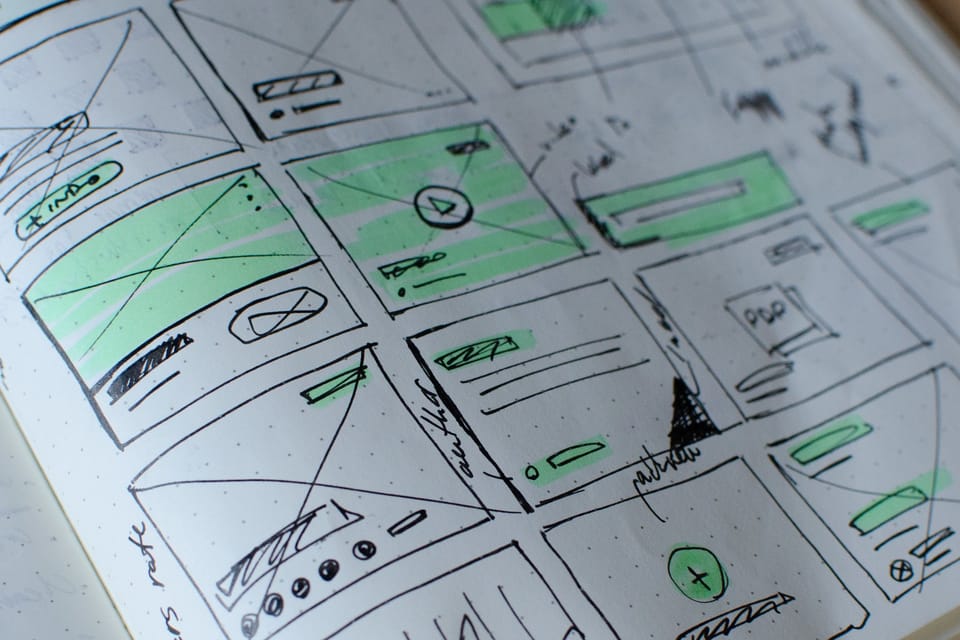Accessible Only

Imagine what would happen if people stopped using platforms that failed to offer integrated accessibility by design. Not the option to turn on image descriptions or closed captioning or text-to-speech reader capabilities, but with seamless and beautifully designed elements right from the start. What if every content creator took a stand, refusing to use anything that wasn't inclusive by default?
I've taken that stand by selecting the "accessible" checkbox when looking for website themes. I don't care how innovative or phenomenal the design may be, if the theme does not explicitly state that it complies with accessibility design guidelines, I won't consider it as an option for my website.It's 2018, technology limitations are no longer an excuse. We have AI and voice-activated assistants for every imaginable device, from our phones to our refrigerators. Abled people are enjoying the novelty of gadgetry, but for disabled people, these advances in technology are giving access to the world like never before.
Yesterday I attended a product demonstration that showed the integration of voice-command with a complex financial management software*. My heart swelled when I saw it in action because I immediately thought of a person whose macular degeneration was quickly threatening their ability to continue doing the work that they loved. With solutions like this, people aren't forced out of careers when disability occurs.
And don't think for a moment that it won't happen to you. Disability comes for us all eventually in some way or another.
In a Twitter thread I ran across discussing the responsibility of content creators and publishers with making their work accessible to everyone, the two takeaways were: creators will either have an exclusionary, and thus smaller, audience, or they will have to expend more energy to convert their work into accessible results.
I offer a third option: we put pressure on platforms to provide tools that make our work readily accessible to all. And the best way to do that, to push for change, is by refusing to support anything but accessible design. Recommended Sources (to start with):
- Designing for Inclusion - W3C Web Accessibility Initiative
- Ensuring Digital Accessibility Through Process and Policy by Jonathan Lazar, Daniel F. Goldstein, Anne Taylor
- W3C Markup Validation Tool
*For security reasons, and mostly so I don't lose my job, I'm unable to disclose the details.



